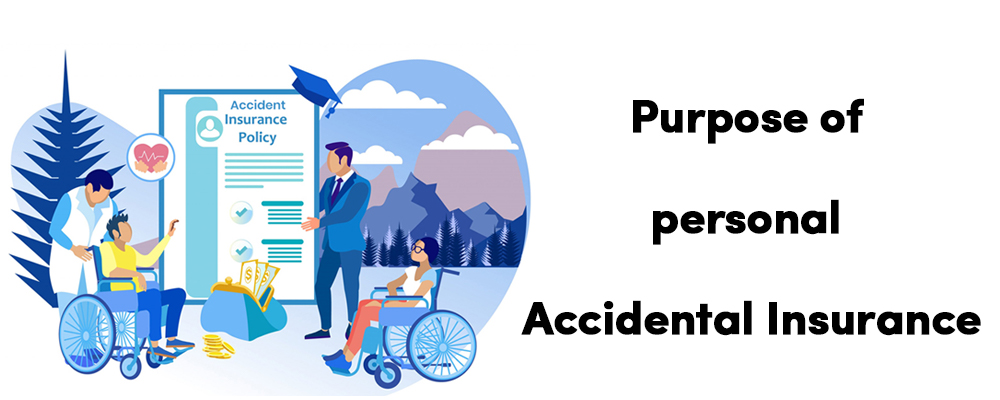Some Of Pacific Prime
Some Of Pacific Prime
Blog Article
Pacific Prime Things To Know Before You Get This
Table of ContentsPacific Prime Things To Know Before You BuyPacific Prime Things To Know Before You BuyThe smart Trick of Pacific Prime That Nobody is Talking AboutTop Guidelines Of Pacific PrimeThe Greatest Guide To Pacific Prime

This is since the data were collected for a period of solid economic performance. Of the estimated 42 million individuals who were without insurance, almost concerning 420,000 (regarding 1 percent) were under 65 years of age, the age at which most Americans end up being qualified for Medicare; 32 million were grownups between ages 18 and 65, about 19 percent of all adults in this age; and 10 million were children under 18 years old, about 13.9 percent of all children (Mills, 2000).
These price quotes of the variety of individuals without insurance are produced from the annual March Supplement to the Existing Population Survey (CPS), performed by the Demographics Bureau. Unless or else noted, national quotes of individuals without health and wellness insurance coverage and percentages of the populace with various sort of insurance coverage are based upon the CPS, the most widely made use of resource of price quotes of insurance policy protection and uninsurance prices.
Pacific Prime for Dummies

Still, the CPS is particularly helpful due to the fact that it generates annual quotes fairly quickly, reporting the previous year's insurance protection estimates each September, and due to the fact that it is the basis for a constant set of price quotes for greater than twenty years, allowing for evaluation of fads in insurance coverage with time. For these factors, in addition to the substantial usage of the CPS in various other studies of insurance protection that exist in this record, we depend on CPS quotes, with limitations kept in mind.

The price quote of the variety of uninsured individuals expands when a populace's insurance policy status is tracked for numerous years. Over a three-year period starting early in 1993, 72 million people, 29 percent of the U.S. https://moz.com/community/q/user/pacificpr1me. populace, lacked coverage for a minimum of one month. Within a single year (1994 ), 53 million people experienced at least a month without coverage (Bennefield, 1998a)
Six out of every ten without insurance grownups are themselves employed. Although working does enhance the likelihood that one and one's member of the family will certainly have insurance, it is not a guarantee. Also participants of family members with two full-time wage income earners have virtually a one-in-ten opportunity of being uninsured (9.1 percent uninsured rate) (Hoffman and Pohl, 2000).
An Unbiased View of Pacific Prime
New immigrants account for a significant percentage of people without medical insurance. One analysis has associated a significant part of the recent development in the size of the U.S. without insurance populace to immigrants that got here in the country in between 1994 and 1998 (Camarota and Edwards, 2000). Recent immigrants (those who pertained to the United States within the past 4 years) do have a high price of being uninsured (46 percent), yet they and their children account for just 6 percent of those without insurance coverage across the country (Holahan et al., 2001).
The connection between health and wellness insurance coverage and accessibility to care is well developed, as documented later on in this chapter. Although the connection in between medical insurance and health end results is neither straight neither easy, a substantial medical and wellness services study literature links medical insurance coverage to enhanced accessibility to care, much better high quality, and enhanced personal and populace wellness status.
Degrees of analysis for analyzing visit the site the results of uninsurance. It focuses especially on those without any type of wellness insurance for any kind of length of time.
The smart Trick of Pacific Prime That Nobody is Talking About
The problems encountered by the underinsured are in some areas comparable to those faced by the uninsured, although they are usually less severe. Wellness insurance coverage, nevertheless, is neither needed nor sufficient to get accessibility to medical services. The independent and straight effect of wellness insurance policy coverage on accessibility to health and wellness services is well developed.
Others will get the healthcare they require even without medical insurance, by spending for it expense or seeking it from carriers who supply care totally free or at highly subsidized prices. For still others, health insurance policy alone does not guarantee invoice of care due to other nonfinancial obstacles, such as an absence of healthcare suppliers in their community, limited accessibility to transport, illiteracy, or etymological and cultural differences.
Getting My Pacific Prime To Work
Formal study about without insurance populaces in the USA dates to the late 1920s and very early 1930s when the Committee on the Expense of Treatment produced a collection of records concerning financing physician office check outs and hospitalizations. This problem came to be significant as the varieties of clinically indigent climbed up during the Great Anxiety.
Report this page